History of the Bob
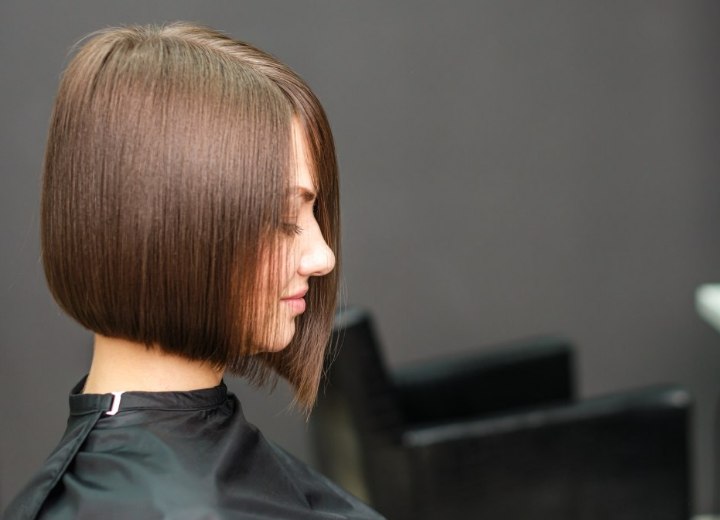
Even before women started cutting their hair in a bob, men did so in the early fifteenth century. This was the era of barbers and surgeons, who were highly respected at that time. Haircutting and beard shaving were not their only activities; they also pulled teeth and performed bloodletting.
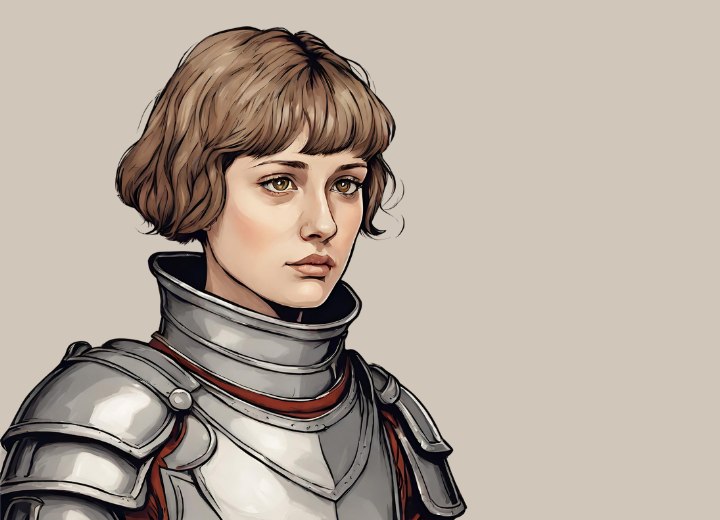
The fashion scene changed, and the bob faded into the background. It would take hundreds of years before this hairstyle was rediscovered and became popular again.
The 1920s
The twenties marked the rebirth of the bob, and this haircut would eventually remain popular for an entire century.
The new ideal consisted of an androgynous woman, and gender equality was almost a reality. In the USA, women gained the right to vote. Feminists longed for freedom in clothing and in social, political, and cultural values. They tolerated no oppression. To express this, skirts rose above the knee, and bras disappeared from the fashion scene. Women became vain and wore blush and lipstick.

The youth of that period went out all night and drank lots of alcohol. It was the era of fur coats for ladies. Feminists wore sleeveless dresses in voile, headbands to keep their bob in place, high heels, and long pearl necklaces.
This era was not only marked by a rebellion in fashion but also symbolized the spirit of the jazz age. Actress Theda Bara was the first woman to wear a bob for her role as Cleopatra.
The 1940s
During World War II, women worked in aircraft hangars and in weapon and steel factories. This gave feminine fashion a more masculine touch. Joan Crawford wore epaulets. Skirts became shorter because fabric was scarce and needed for military uniforms. Nylon stockings were hard to find because nylon was used for parachutes.
The Jeanne d’Arc-style cut became the popular incarnation of the bob. Stars like Ginger Rogers and Bette Davis made this haircut popular. Bette Davis even added ultra-short bangs. In the cinema, Claudette Colbert portrayed Cleopatra with the bob cut, a cut that epitomized glamour throughout the entire decade.
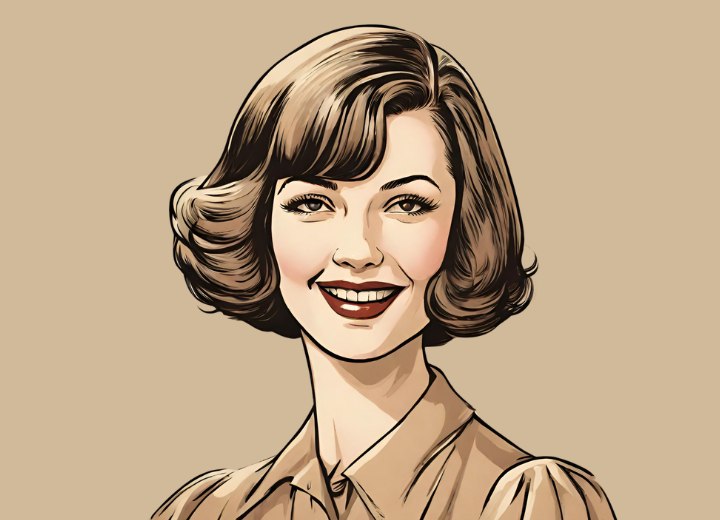

The 1950s
Post-war prosperity influenced the fashion scene. Tailored dresses in Christian Dior's new style emerged. Fashion became more feminine again, and in the 1950s, we witnessed an evolution of the bob.
Men became breadwinners, and women stayed at home. They began going to the hair salon once a week. This gave the hairdresser a significant role. Eventually, women became entirely dependent on shampoo and curlers.
Hair was curled on rollers and dried under a hooded dryer. Afterward, it was combed, teased, and sprayed with hairspray, keeping it good for an entire week and simplifying the lives of the ladies.
The bob cut still existed in the 1950s but was hidden under the curlers and hairspray. Those who couldn't afford a hair salon visit walked the streets with curlers and hair in a net.
In the early 1960s, hairstyles and fashion underwent a genuine political and cultural revolution. Vidal Sassoon transformed the hairdressing landscape with precision cuts and innovative styling. This marked the beginning of the end of women's traditional weekly salon visits.
The youth started rebelling. Music and experiences became consciousness-expanding. Thanks to the birth control pill, sexual freedom emerged. Everyone did what they pleased. For her role as Cleopatra, Elizabeth Taylor wore a longer version of the classic Egyptian cut.

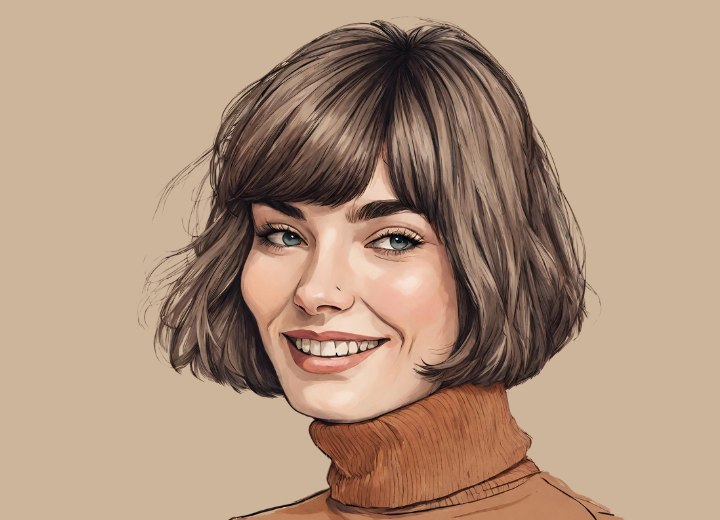
The 1970s
The 1970s were a continuation of the 1960s. The youth wanted their own look and ideals, and to prove this, hair was worn long and tousled.
The bob became messier. Natural hair movement was important, and curls came back into fashion. If you didn't have natural curls, you could perm your hair, just like Barbara Streisand.
In this era, we began to see ethnic styles and afro hairstyles in America. The hippies made their entrance. Do you remember the wide-legged pants?
The mid-1970s
The popularity of disco music and the sexual revolution sparked a new interest in appearance. You had to look good to go out all night. Hairdressers became more important than before because now men also found their way to the salon.
In most households, a hairdryer was present. Liquid hair products entered the market. These revolutionary hair tools and products provided a new definition of the bob. Special tongs were used to create voluminous and sexy hairstyles that women could maintain themselves.
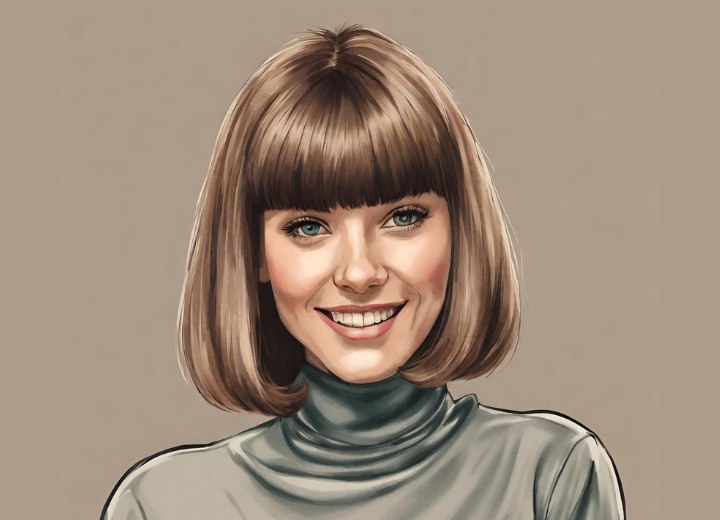
The 1980s
In the 1980s, a new rebellion against the establishment emerged, giving rise to an anti-fashion movement fueled by various trends. Punk and new wave manifested themselves in hairstyles and fashion. People cut and colored their hair themselves to rebel against the perfect conservative hairstyles of the past. The looks were as radical as the music, with colored hair being a must, featuring black roots and bleached ends.
Women with professional careers used their bob cut as a symbol of rebellion to stand empowered in a job market dominated by men. The bob symbolized their acquired power, as it has a strong shape and very straight lines. This hairstyle paired perfectly with suits adorned with epaulettes and high heels. Hairstyles with more volume balanced a powerful clothing style.
The 1990s
In the 1990s, the bob cut was stripped of volume and excessive weight to make the hairstyle lighter and softer. Color and cutting techniques to add texture to the hair made the bob more modern. Everything became minimalist, and excesses were frowned upon.

Today, the bob is ubiquitous in our society. This hairstyle remains synonymous with refinement and the desire to be fashionable. The bob can be short, long, thinned out, tousled, with bangs, asymmetrical, or angled. There are numerous possibilities to customize the cut, and every woman can look good with a version of the bob tailored to her. The bob represents feminine glamour with a practical hairstyle.
Our hair can express a social or political standpoint, and the bob is the perfect example of this.
©Hairfinder.com
See also: The basics of the bob haircut
